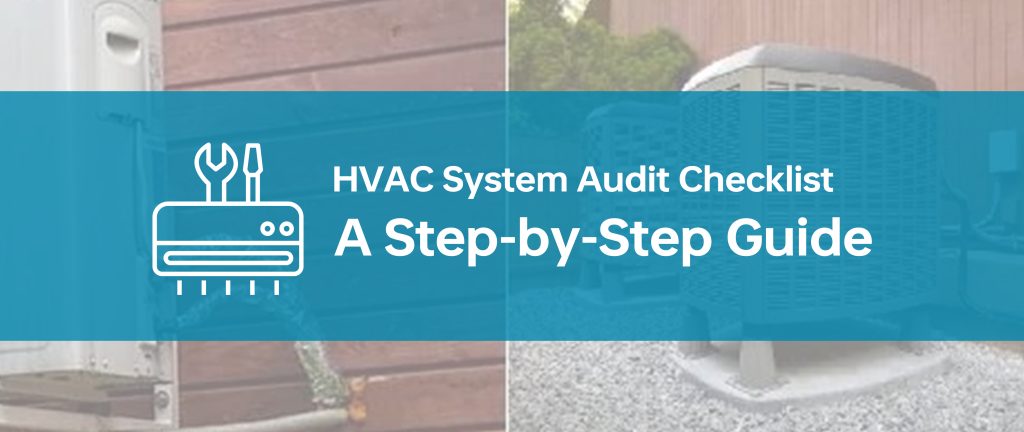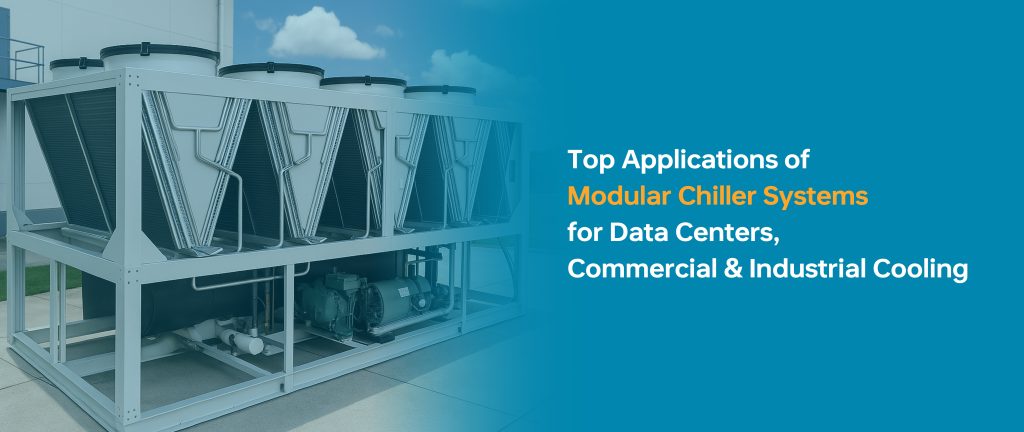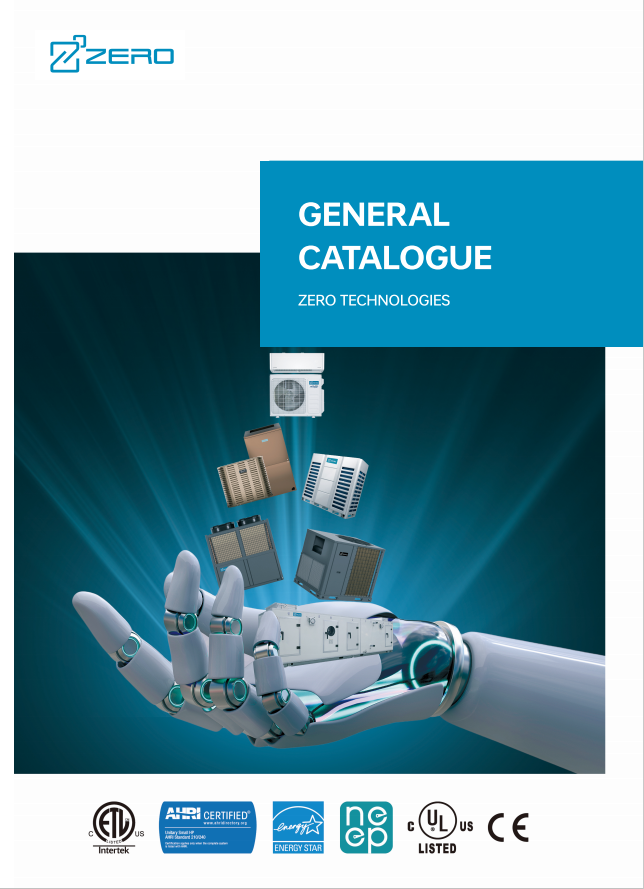An air conditioning system is an indispensable cooling and heating equipment in modern life, and the air conditioning indoor unit, as an important part of the system, directly affects the occupant’s experience. This article will introduce the basic structure and main types of air conditioner indoor units. Objectively analyze the advantages and disadvantages of different indoor units in various application scenarios, and select the best solution for different scenarios.
The basic structure of an air conditioner indoor unit
An air conditioner indoor unit is mainly composed of the following parts.
1. Heat exchanger: responsible for exchanging heat with indoor air.
2. Fan: used to promote air circulation.
3. Filter: removes dust from the air.
4. Air guide plate: adjust the direction of the air.
5. Control panel: used to set the temperature, wind speed, and other parameters.
6. Condensate drainage system: deal with the condensate produced in the refrigeration process.

The main types of air conditioning indoor unit
1. Wall-mounted indoor unit
Features: small size, easy to install, suitable for small rooms.
Advantages: relatively low price, high degree of aesthetics.
Disadvantages: cooling and heating capacity is limited, and not suitable for large spaces.

2. Floor-standing indoor unit
Features: large size, cooling, and heating capacity.
Advantages: suitable for large spaces with long air supply distance.
Disadvantages: occupies ground space, not suitable for small homes.
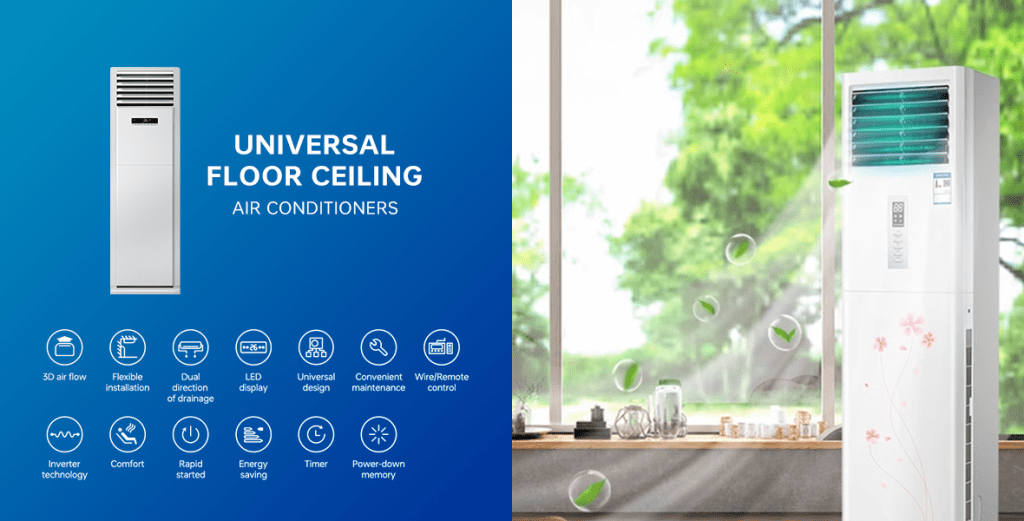
3. Ceiling-type indoor unit
Features: installed in the ceiling, it does not take up wall and floor space.
Advantages: high aesthetics, suitable for public places.
Disadvantages: installation and maintenance are relatively complex.
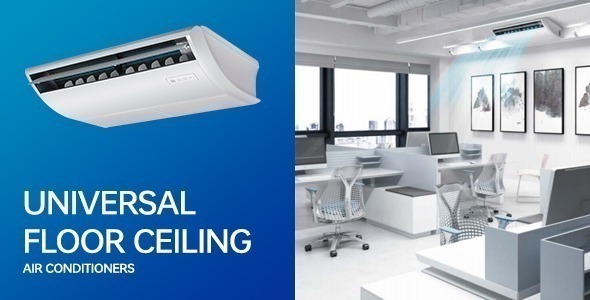
4. Cassette indoor unit
Characteristics: hidden in the ceiling, only the air outlet.
Advantages: the appearance of the most hidden, does not affect the interior decoration.
Disadvantages: high installation requirements, maintenance is relatively difficult.

5. Duct type indoor unit
Characteristics: the duct system will deliver warm and cold air to each room.
Advantage: centralized control of temperature for multiple rooms, space-saving.
Disadvantages: high initial installation cost, need professional design.
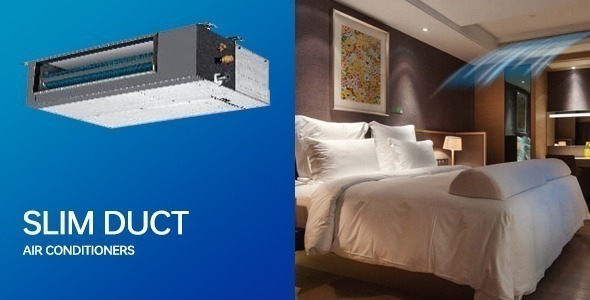
Application scenario analysis of different indoor units
1. Family home
– Small apartments: A wall-mounted indoor unit is the best choice, taking up little space, and easy to install.
– Large residential: consider using a floor-standing indoor unit or multi-unit system to meet the cooling and heating needs of large spaces.
– Duplex: duct-type indoor unit is suitable for multi-story space, and can realize the overall temperature control.

2. Office
– Open office: ceiling or embedded indoor unit is the ideal choice, beautiful and does not occupy the workspace.
– Conference room: A wall-mounted or ceiling-mounted indoor unit can be selected according to the size of the room.
– Server room: the need for efficient cooling precision air conditioning, usually using a professional server room air conditioning system.
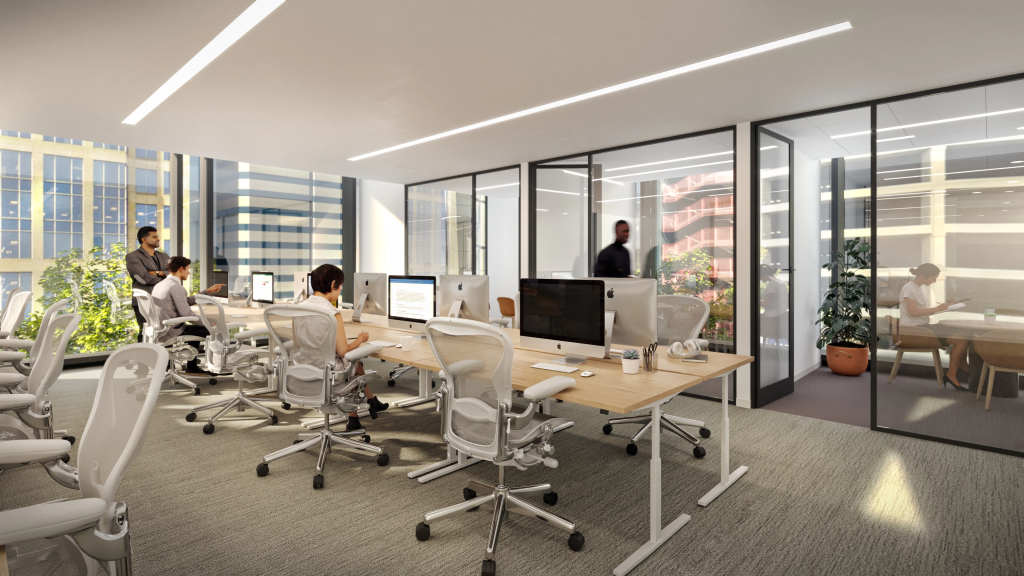
3. Commercial
– Shopping malls: large central air conditioning system, usually using ducted indoor units or embedded indoor units.
– Restaurants: ceiling-mounted or embedded indoor units can be used to avoid affecting the dining environment.
– Hotel rooms: wall-mounted or embedded indoor units are more common, to facilitate individual control.

4. Industrial
– Factory: according to the specific needs of industrial floor-type air conditioning or large-scale central air conditioning systems can be used.
– Warehouses: commonly used ceiling-type industrial air conditioning to ensure uniform temperature in large spaces.
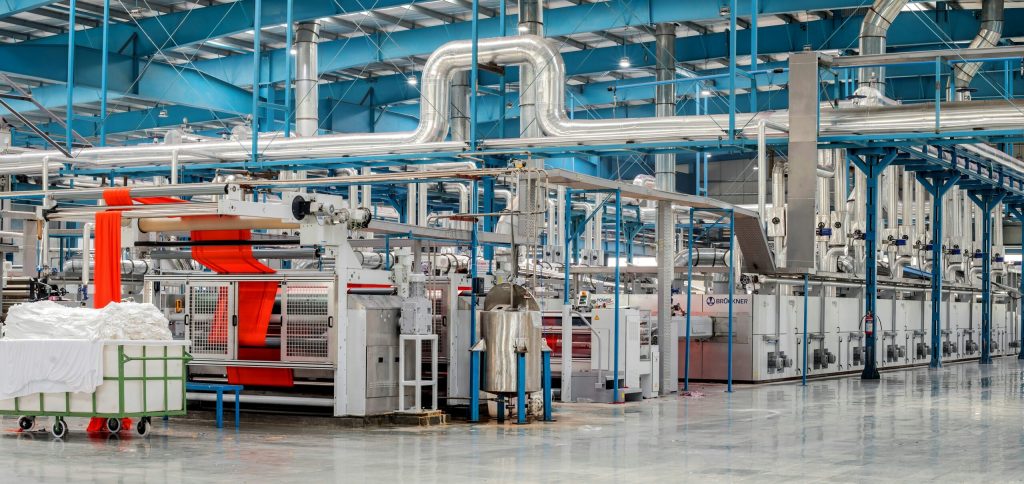
When choosing the right air conditioning indoor unit, you need to consider the following factors: the size of the space, installation conditions, aesthetic requirements, noise control, energy efficiency rating, and budget. In addition, attention should also be paid to the routine maintenance of air conditioning, such as regular cleaning of filters, checking the drainage system, etc., in order to ensure that the air conditioning is long-term efficient operation.
With the continuous progress of technology, frequency conversion technology, intelligent control, and other new features continue to be introduced into the air conditioning indoor unit, providing users with a more comfortable, energy-saving experience. In the purchase and use of air conditioning, it is recommended that the user according to the actual needs, choose the appropriate type of indoor unit, and pay attention to the quality of the product and after-sales service, in order to get the best experience.

